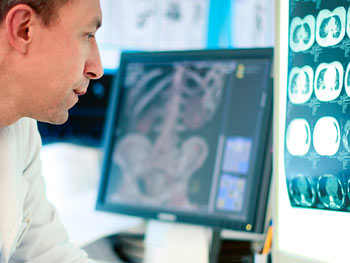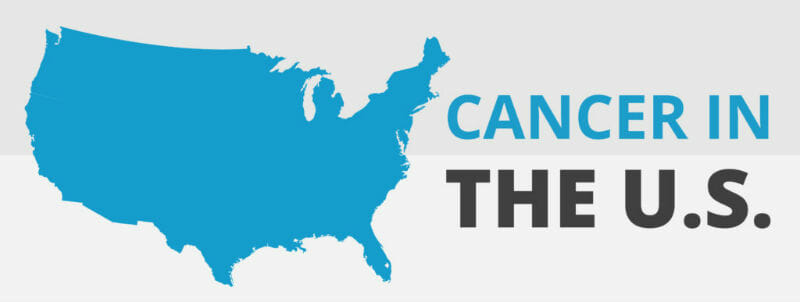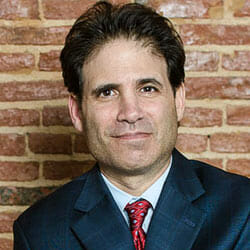Cancer Misdiagnosis: Needless Suffering Due to Negligence
 someone whose life was cut short, or substantially changed, because a doctor failed to diagnose their cancer in time. You might be surprised at how often this occurs. Rates of misdiagnosis vary widely depending on the location and study, but many estimates are over 15 percent. While the Mayo Clinic Proceedings reported a misdiagnosis rate of 26 percent, the Journal of Clinical Oncology found that some types of cancer are misdiagnosed up to 44 percent of the time. The median percentage is around 12.5 percent, or roughly 1 in 8 people. That’s 205,000 misdiagnosis cases for every new 1.6 million cancers diagnosed each year. About 20 percent of misdiagnoses have a fatal outcome: it is estimated that at least 40,000 cancer patients die each year as a result of misdiagnosis or delayed diagnosis.
someone whose life was cut short, or substantially changed, because a doctor failed to diagnose their cancer in time. You might be surprised at how often this occurs. Rates of misdiagnosis vary widely depending on the location and study, but many estimates are over 15 percent. While the Mayo Clinic Proceedings reported a misdiagnosis rate of 26 percent, the Journal of Clinical Oncology found that some types of cancer are misdiagnosed up to 44 percent of the time. The median percentage is around 12.5 percent, or roughly 1 in 8 people. That’s 205,000 misdiagnosis cases for every new 1.6 million cancers diagnosed each year. About 20 percent of misdiagnoses have a fatal outcome: it is estimated that at least 40,000 cancer patients die each year as a result of misdiagnosis or delayed diagnosis.
If the patients’ doctors had accurately diagnosed their cancer and treated it in a timely manner, many of these people might still be alive.
Why Are Cancers Misdiagnosed?
Cancer misdiagnosis causes needless suffering—emotional suffering for the patient and their family, physical suffering for the patient as they undergo additional tests and treatments, and delays in proper treatment that can result in a lower cure rate and even an untimely death. Misdiagnosis also means wasted health care dollars for repeated tests and incorrect tests, and for ineffective treatments such as the wrong type of chemotherapy.
Why does misdiagnosis happen? Clearly, sometimes it happens because doctors and those who interpret test results are human beings. Even the very best medical professionals do not have a 100 percent perfection rate.
Still, misdiagnosis rates have changed only a little in 30 years’ time.
Some people believe there are five reasons that explain misdiagnoses:
- Our health care system is so specialized that it is needlessly fragmented. Basically, this means that most of your medical professionals don’t talk to the others on your medical team or to the professionals outside their field of expertise.
- The growing numbers of cancer and medical subspecialties mean that doctors can miss things. Where once we had medical professionals specializing in cancer of one organ or organ system, now we have doctors who specialize in one small portion of an organ or system. Such doctors may not recognize a cancer related to the organ or system that is not in their subspecialty.
- Doctors are trained to rely on “evidence-based medicine,” or making treatment decisions based on data that has statistical backing. Our health care payment system more and more relies heavily on evidence-based medicine.
- Training, along with evidence-based medicine, can lead a doctor to feel overconfident when it comes to their diagnosis. Not only that, studies demonstrate that, once a person makes a decision, it is difficult to get them to change their mind.
- Doctors are pressed for time. There are simply not enough hours in the day, and mistakes, regrettably, do happen. Improper tests can be ordered, and test results can be misinterpreted.
If ever there was a reason to obtain a second medical opinion, the high rate of cancer misdiagnosis is it. If you can, make sure your second opinion doctor uses an expert pathologist in the appropriate field.

- The National Cancer Institute (NCI) estimates that 1,685,210 new cases of cancer in the U.S. will be diagnosed in 2016.
- The NCI believes that 595,690 persons will die from their disease.
- 2016’s ten most common cancers and cancer groupings will likely be breast cancer, lung and bronchial cancer, prostate cancer, colon and rectal cancer, bladder cancer, skin melanoma, non-Hodgkin lymphoma, thyroid cancer, kidney and renal pelvis cancer, and leukemia.
- Of the four most common cancers, three are most often the cancers that are misdiagnosed or have a delayed diagnosis: lung, breast, and colorectal cancers. Around 10 percent of doctor-reported errors arise from these three cancers alone, according to a study published in the Journal of the American Medical Association. All other cancers taken together were responsible for another 10 percent of diagnostic errors.
- In the U.S., the national costs for cancer care in 2010 amounted to almost $125 billion. This figure, it is estimated, could grow to $156 billion by 2020.
- Early detection remains one sure way to treat cancer early enough to affect a cure. Accurate diagnosis is one factor that is essential to early detection.
When is a Doctor to Blame?
Frequently, when a patient has an unsuccessful surgery, gets worse instead of better, or appears to suffer from the doctor’s error or delay, the patient and his family can be hopeful that a malpractice lawsuit will provide compensation. However, the key issue is whether the doctor was negligent and whether such negligence caused the injury to the patient.
To be found negligent, the healthcare provider must have deviated from the accepted standard of care for their geographical area and actually harmed the patient by their deviation from the standard of care. An experienced medical misdiagnosis attorney can evaluate the facts of your case and determine whether it can be demonstrated that another doctor, under similar circumstances, would have arrived at the same diagnosis or would have made a correct diagnosis earlier.

Attorney Steve Heisler
Steve Heisler decided in 1996 that he was going to focus his law practice exclusively on injury cases. Since then, he has been representing injured people against insurance companies, disreputable medical practitioners and Big Pharma, and doing it with compassion, honesty and level-headed rationality. [ Attorney Bio ]

